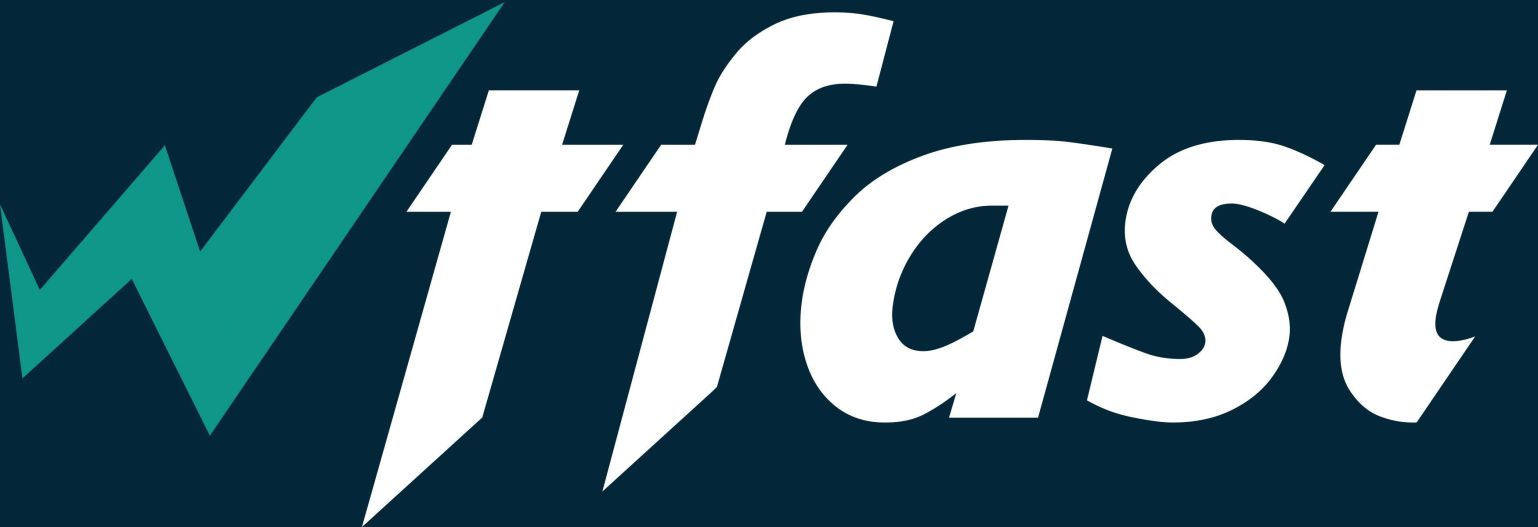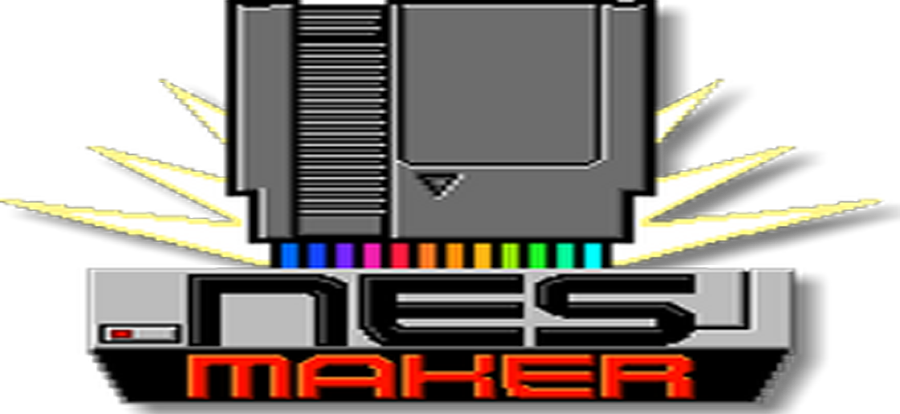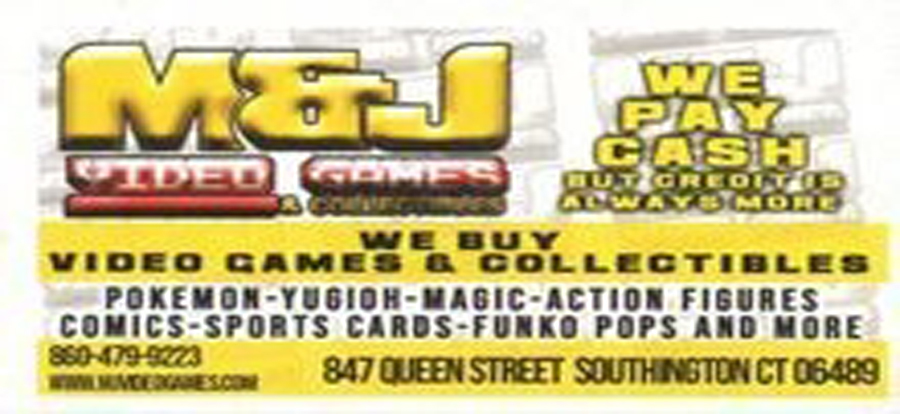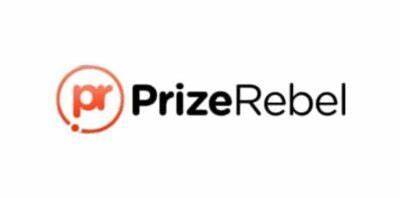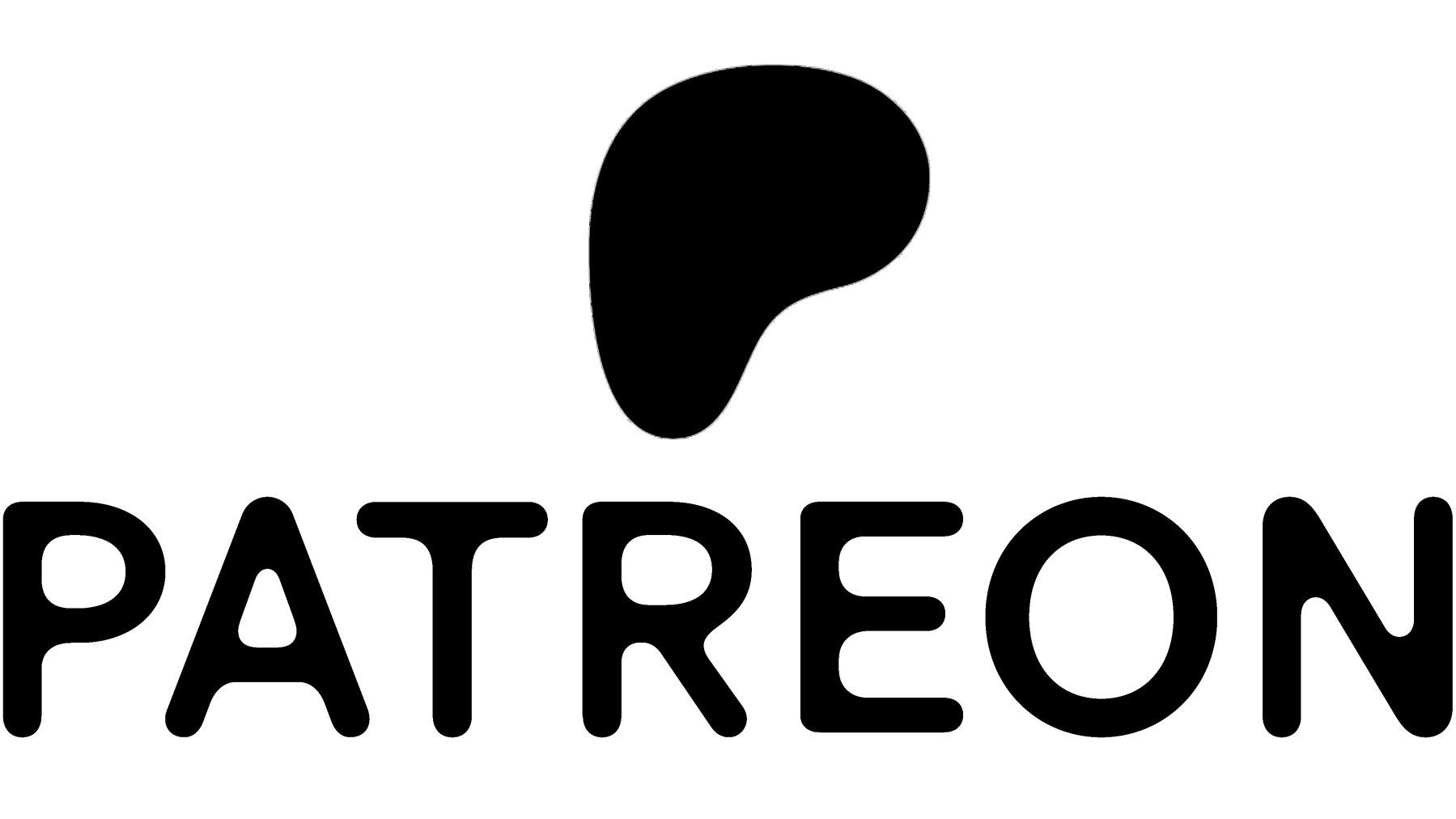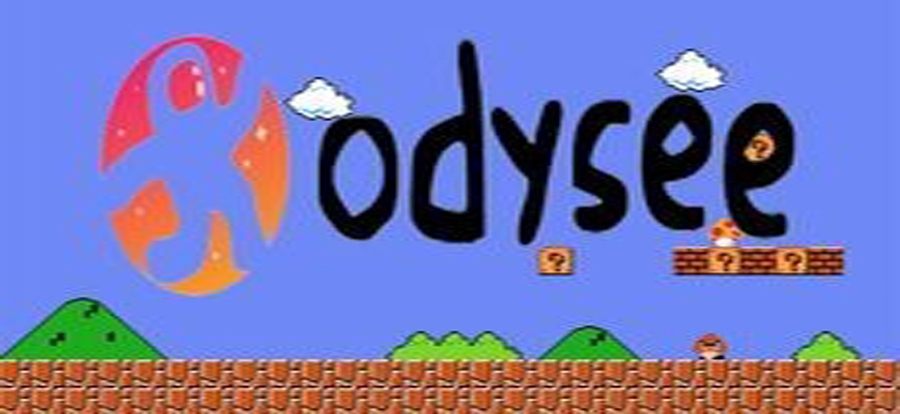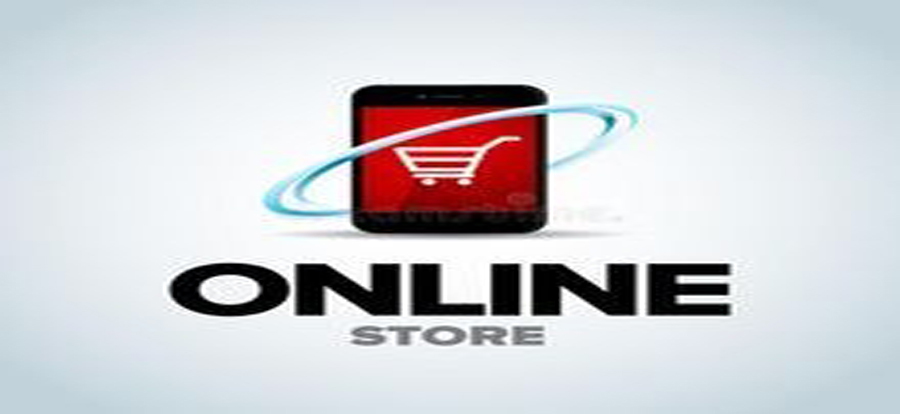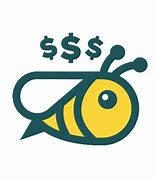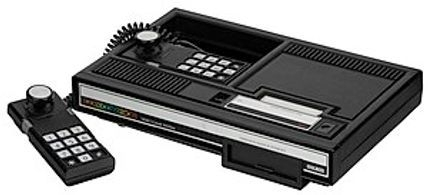

The ColecoVision is Coleco Industries' second-generation home video-game console which was released in August 1982. The ColecoVision offered a closer experience to more powerful arcade game systems compared to competitors such as the Atari 2600, along with the means to expand the system's basic hardware.
The initial catalog of twelve games included Nintendo's Donkey Kong as the pack-in cartridge, Sega's graphically impressive Zaxxon, and some lesser known arcade titles that found a larger audience on the console, such as Lady Bug, Cosmic Avenger, and Venture. Approximately 145 titles in total were published as ROM cartridges for the system between 1982 and 1984.
Coleco withdrew from the video game market in 1985, and ColecoVision was discontinued that same year.
History
By Christmas of 1982, Coleco had sold more than 500,000 units, in part on the strength of its bundled game. The ColecoVision's main competitor was the arguably more advanced but less commercially successful Atari 5200.
The ColecoVision was distributed by CBS Electronics outside of North America, and was branded the CBS ColecoVision. In Europe the console was released in 1983.
Sales quickly passed 1 million in early 1983, before the video game crash of 1983. By the beginning of 1984, quarterly sales of the ColecoVision had dramatically decreased.
Over the next 18 months, the Coleco company ramped down its video game division, ultimately withdrawing from the video game market by the end of the summer of 1985. The ColecoVision was officially discontinued by October 1985. Total sales of the ColecoVision are uncertain but were ultimately in excess of 2 million units, as sales had reached that number by the spring of 1984, while the console continued to sell modestly up until its discontinuation the following year. The video game crash of 1983 has been cited as the main cause of the ColecoVision's being discontinued less than three years after its launch.
In 1983 Spectravideo announced the SV-603 ColecoVision Video Game Adapter for its SV-318 computer. The company stated that the $70 product allowed users to "enjoy the entire library of exciting ColecoVision video-game cartridges". In 1986, Bit Corporation produced a ColecoVision clone called the Dina, which was sold in the United States by Telegames as the Telegames Personal Arcade.
Hardware
The ColecoVision's controller featured a numberpad that could be fitted with overlays.
The main console unit consists of a 14×8×2-inch rectangular plastic case that houses the motherboard, with a cartridge slot on the right side and connectors for the external power supply and RF jack at the rear. The controllers connect into plugs in a recessed area on the top of the unit.
The design of the controllers is similar to that of Mattel's Intellivision—the controller is rectangular and consists of a numeric keypad and a set of side buttons. In place of the circular control disc below the keypad, the Coleco controller has a short, 1.5-inch joystick. The keypad is designed to accept a thin plastic overlay that maps the keys for a particular game. Each ColecoVision console shipped with two controllers.
All first-party cartridges and most third-party software titles feature a 12-second pause before presenting the game select screen. This delay results from an intentional loop in the console's BIOS to enable on-screen display of the ColecoVision brand. Companies like Parker Brothers, Activision, and Micro Fun bypassed this loop, which necessitated embedding portions of the BIOS outside the delay loop, further reducing storage available to actual game programming.
Technical specifications
The inside of the ColecoVision with RF shielding removed.
The ColecoVision ran off the Z80A, a commonly used CPU in other game systems.
CPU: NEC version of Zilog Z80A @ 3.58 MHz (See chip U1, marked NEC D780C-1 in circuit board picture)
Video processor: Texas Instruments TMS9928A (40-pin DIP located under the heat sink)
256×192 pixel resolution
32 sprites on-screen at once
16 colors
Sound: Texas Instruments SN76489A PSG (chip U20 on circuit board)
3 tone generators
1 noise generator
Video RAM: 16 KB (as eight 16K x 1-bit chips, marked ITT 8244 4116 3N on circuit board)
RAM: 1 KB (as two 1K x 4-bit chips, marked UPD2114LC (U3 & U4) on circuit board)
ROM: 8 KB Texas Instruments TMS4764 Mask ROM (chip U2, marked TMS4764NL on circuit board)
Storage: ROM Cartridge of 8, 16, 24 or 32 KB capacity.
Expansion Modules and accessories
From its introduction, Coleco touted the ColecoVision's hardware expandability by highlighting the Expansion Module Interface on the front of the unit. These hardware expansion modules and accessories were sold separately.
Released
The Expansion Module #1 allowed the ColecoVision to play any game from the Atari 2600.
The Expansion Module #2 was a steering wheel for racing games.
Expansion Module #1 makes the ColecoVision compatible with the industry-leading Atari 2600, with some exceptions. Functionally, this gave the ColecoVision the largest software library of any console of its day. The expansion module prompted legal action from Atari, but Atari was unable to stop sales of the module because the 2600 could be reproduced with off the shelf parts. Coleco also designed and sold the Gemini game system, which was a clone of the 2600, but with combined joystick/paddle controllers.
Expansion Module #2 is a driving controller (steering wheel / gas pedal) that came packaged with a port of the arcade game Turbo. The gas pedal is merely a simple on/off switch, so many gamers used the second ColecoVision controller as a gear shift for more precise speed control. Although Coleco called the driving controller an expansion module, it actually plugs into the controller port, not the Expansion Module Interface. The driving controller is also compatible with the games Destructor, Bump 'n' Jump, Pitstop, and The Dukes of Hazzard.
Expansion Module #3 converts the ColecoVision into a full-fledged computer known as the Adam, complete with keyboard, digital data pack (DDP) cassette drives and printer.
The Roller Controller is a trackball that came packaged with a port of the arcade game Slither, a Centipede clone. The roller controller uses a special power connector which is not compatible with Expansion Module #3 (the Adam computer). Coleco mailed an adapter to owners of both units who complained. The roller controller is also compatible with the games Victory, Omega Race, and Wargames, and was also compatible with Atarisoft's port of Centipede, which used a trackball for arcade play.
The Super Action Controller Set is a set of two joysticks (each resembling a boxing glove) that came packaged with the game Super Action Baseball. Each joystick has four action buttons, a 12-button numeric keypad, and a "speed roller". The Super Action Controllers are also compatible with the games Super Action Football, Rocky Super Action Boxing, and a port of the arcade game Front Line.
Not released
Expansion Module #3 was originally the Super Game Module. It was advertised for an August 1983 release but was ultimately cancelled and replaced with the Adam computer expansion. The Super Game Module expanded the ColecoVision RAM, said to add 30KB, and added a tape drive known as the Exatron Stringy Floppy with 128KB capacity. Games could be distributed on tiny tapes, called wafers, much larger than the 16KB or 32KB ROM cartridges of the day. Super Donkey Kong, with all screens and animations, Super Donkey Kong Jr, and Super Smurf Rescue were demonstrated with the Super Game Module. The Adam computer expansion with 64KB RAM and 256KB tape drives fulfilled the specifications promised by the Super Game Module.
Games
Main article: List of ColecoVision games
See also: List of Coleco Adam games
Legacy
In 2009, IGN named the ColecoVision their 12th-best video-game console out of their list of 25, citing "its incredible accuracy in bringing current-generation arcade hits home."
In 1996, programmer Kevin Horton released the first homebrew game for the ColecoVision, a Tetris clone entitled Kevtris.
In 1997, Telegames released Personal Arcade Vol. 1, a collection of ColecoVision games for Microsoft Windows, and a 1998 follow-up, Colecovision Hits Volume One.
In 2014, AtGames began producing the ColecoVision Flashback, a console with 60 Games including Sega's Zaxxon and Exidy's Venture.
In 2012, Opcode Games released the long-awaited expansion module #4: The Super Game Module, which expands the Colecovision's memory to 32k and doubles the number of sound channels. The company also continues to release new games for Colecovision, as of 2017.
Complete Game List Below:
2010: The Graphic Action Game
Alcazar: The Forgotten Fortress
Alphabet Zoo
Amazing Bumpman
Amazing Snake (Homebrew)
Antarctic Adventure
Aquattack
Artillery Duel
Artillery Duel/Chuck Norris Superkicks (“Double-Ender cartridge”)
Astro Invader (Homebrew port)
B.C.’s Quest for Tires
B.C. II: Grog’s Revenge
Beamrider
Bejeweled (Homebrew)
Blockade Runner
Boulder Dash
Brain Strainers
Buck Rogers: Planet of Zoom
Bump ‘n’ Jump
BurgerTime
Cabbage Patch Kids: Adventures in the Park
Cabbage Patch Kids Picture Show
Campaign ’84
Carnival
Centipede
Choplifter!
Chuck Norris Superkicks
Congo Bongo
Cosmic Avenger
Cosmic Crisis
Cye (Homebrew)
Dac-Man (Homebrew)
The Dam Busters
Dance Fantasy
Decathlon
Defender
Destructor
Dig Dug
Donkey Kong
Donkey Kong Jr.
Dr. Seuss’ Fix-Up the Mix-Up Puzzler
Dragonfire
The Dukes of Hazzard
Evolution
Facemaker
Fathom
Flipper Slipper
Fortune Builder
Fraction Fever
Frantic Freddy
Frenzy
Frogger
Frogger II: Threeedeep!
Front Line
Galaxian
Gateway to Apshai
Ghostblaster (Homebrew)
Gorf
Gust Buster
Gyruss
H.E.R.O.
The Heist
Illusions
It’s Only Rock ‘N Roll
James Bond 007
Jeepers Creepers (Homebrew)
Jukebox
Jumpman Jr.
Jungle Hunt
Ken Uston Blackjack/Poker
Kevtris (Homebrew)
Keystone Kapers
Kung Fu Superkicks
Lady Bug
Learning with Leeper
Linking Logic
Logic Levels
Looping
Lord of the Dungeon
Magical Tree (Homebrew port)
Mario Bros (Homebrew port)
Memory Manor
Meteoric Shower
Miner 2049er
Monkey Academy
Monster Masher (Homebrew)
Montezuma’s Revenge
Moonsweeper
Motocross Racer
Motocross Racer/Tomarc the Barbarian (“Double-Ender”)
Mountain King
Mouse Trap
Mr. Chin (Homebrew port)
Mr. Do!
Mr. Do!’s Castle
Ms. Space Fury (Homebrew)
Nova Blast
Oil’s Well
Omega Race
One on One Basketball
Pac-Man
Pac-Man Collection (Homebrew port)
Pepper II
Pitfall!
Pitfall II: Lost Caverns
Pitstop
Popeye
Power Lords
Q*bert
Q*bert’s Qubes
Quest for Quintana Roo
River Raid
Road Fighter (Homebrew port)
Robin Hood
Robin Hood/Sir Lancelot (“Double-Ender”)
Roc ‘N Rope
Rock ‘N Bolt
Rocky Super Action Boxing
Rolloverture
Root Beer Tapper
Sammy Lightfoot
Schlange CV (Homebrew)
Search for the Stolen Crown Jewels (Homebrew)
Search for the Stolen Crown Jewels 2 (Homebrew)
Sector Alpha
Sewer Sam
Sir Lancelot
Skiing
Sky Jaguar (Homebrew port)
Slither
Slurpy
Smurf Paint ‘n’ Play Workshop
Smurf: Rescue in Gargamel’s Castle
Space Fury
Space Invaders Collection (Homebrew port)
Space Panic
Spectar (Homebrew port)
Spectron
Spy Hunter
Squares! (Homebrew)
Squish ‘Em Featuring Sam
Star Fortress (Homebrew)
Star Trek: Strategic Operations Simulator
Star Wars: The Arcade Game
Steamroller
Strike It
SubRoc
Super Action Baseball
Super Action Football
Super Action Soccer
Super Cobra
Super Crossforce
Tank Wars
Tarzan
Telly Turtle
Terra Attack (Homebrew)
Threshold
Time Pilot
Tomarc the Barbarian
Tournament Tennis
Turbo
Tutankham
Up’n Down
Venture
Victory
WarGames
War Room
Wing War
The Wizard of Id’s Wiz Math
Word Feud
Zaxxon
Zenji

